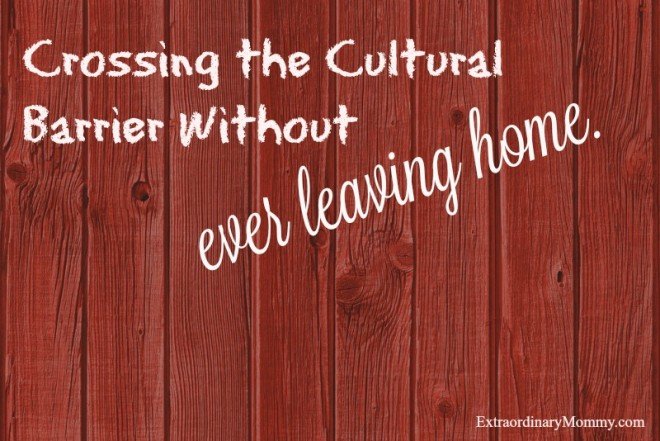In 2010, my husband and I took a trip to celebrate ten years of marriage. We scraped together pennies for an entire year, saving and pinching so that we could celebrate big, and we planned our great, big European vacation.
Given that we both love to take the adventurous path in life, we made very loose plans. We bought plane tickets, rented a car, and that was it. The rest of the plan was to explore.
We landed in Italy that first morning, and after stopping at a cafe in Lake Como for an espresso (ah, Italian espresso), we hit the road and wound our way into Switzerland.
This was our first experience driving in Europe, so when we came to the first station at the Italian/Swiss border, we stopped and waited, expecting someone to come out and check our passports. I wanted a stamp – visual proof that I’d made the trip!
But no one came. Crossing the border was as easy as crossing State lines here at home. Though slightly disappointed, we went on our way, but I couldn’t help marvel at how easy it was to experience multiple cultures in Europe. A half a day’s drive could lead you through three different countries.
Since that trip, my husband and I have dreamed of the day we can return, this time with our children in tow. We want to show them slivers of this giant world in which we live. But with four children, we’re going to need to scrape together a lot of pennies, and so this dream of taking a family trip to Europe is slow in coming to fruition.
But that hasn’t stopped us from making more of an effort to introduce new cultures to our children, right here at home.
Living inside America doesn’t mean we have to live a sheltered life. We are one of the most diverse countries in the world – we simply need to make the effort. Here are a few ways to cross the cultural barrier here in the US, exposing our kids to different cultures without ever stepping foot on an airplane.

Image Credit: Ana Gram/Shutterstock.com
1.) Invite someone from another country into your home
For two Christmases in a row, we hosted a young Ukrainian woman through an organization that works with children in orphanages, and we made her a part of our family. She didn’t speak our language, so the kids learned to communicate in other ways.
This brought a great deal of laughter.
She made us her traditional dishes for dinner, and we made her ours. She shared her Christmas traditions with us, and we, likewise, did the same. This was an eye-opening experience for our children to not only see the cultural differences, but to also appreciate how very much they have.
2.) Host international students
This year during Spring Break, rather than taking a big trip, we’re opening our home yet again to two young men with the Liverpool U17 soccer (fùtbol, I know) team. They’ll be here in town playing for the week, and my son’s soccer club needed families willing to share their homes and chaperone for a few days.
We jumped at the chance!
The soccer players living in my house think they’ve died and gone to heaven. I’m simply excited to once again expose my children to another part of the world without buying a single plane ticket.
3.) Visit a different part of town
Living in Tampa, we have a large Cuban and Greek presence. We love taking our kids to authentic cuban restaurants and letting them see how others eat, how they celebrate holidays, and how they speak to one another.
Plus, the food!
4.) Take a foreign language
When my kids were younger, we lived in St. Louis, and all of them attended the Russian-American School there in town. They learned more about both the Russian and English languages in that school than they have in any other classroom since.
We also made sure to participate in every holiday event (no one celebrates the New Year quite like Russians), and the frequent concerts and plays that the school put on. We had an entire community of friends that had a different cultural background from our own!
5.) Go to a festival
I’m willing to bet that your town has a number of festivals each year put on by different cultures living in your vicinity. Why not pack up the kids one morning and check one out? Try the food, listen to the music, watch the artisans makes their wares.
Exposing our American children to different cultures doesn’t have to involve airplanes and rental cars (as exciting as that truly does sound).
In fact, crossing the cultural barrier can be as easy as opening the door, offering a grin, and saying, “Welcome. I’m glad you’re here.”

Leave a Reply